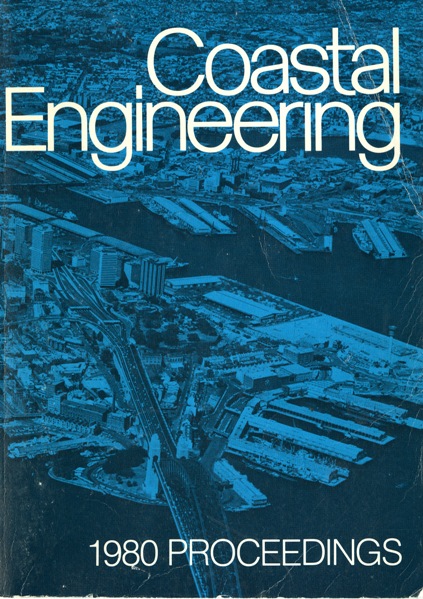Abstract
In the course of an intensive study of beach and inshore morphodynamics associated with a nourishment project on the Lower Gold Coast, Australia (Chapman, 1978), approximately 400 profile lines were surveyed from backshore to the point of zero change in the nearshore zone, to a high degree of accuracy (Chapman & Smith, 1977). Analysis of this data base has led, inter alia, to the development of the concept of the dynamic swept prism, since the maximum and minimum ordinates on a shore-normal profile line, over a specified time period, form the vertices of an irregular polygon which may be regarded as the cross-section of the prism of sand which is worked over by waves during that time period. Representative prism cross-sections from the Lower Gold Coast are displayed in Figure 1 . The important limits of the swept prism, viz., the landward and seaward extremities and the lower surface, are probabilistically, not deterministically defined. Prism cross sections a -:- illustrated are not isotropic with respect to the probability of disturbance by waves. Isolines of probability may be conceptually defined, with the zone of maximum probability of disturbance corresponding to that zone which is re-worked during the tidal cycle (cf. Duncan, 1964).
Authors retain copyright and grant the Proceedings right of first publication with the work simultaneously licensed under a Creative Commons Attribution License that allows others to share the work with an acknowledgement of the work's authorship and initial publication in this Proceedings.

